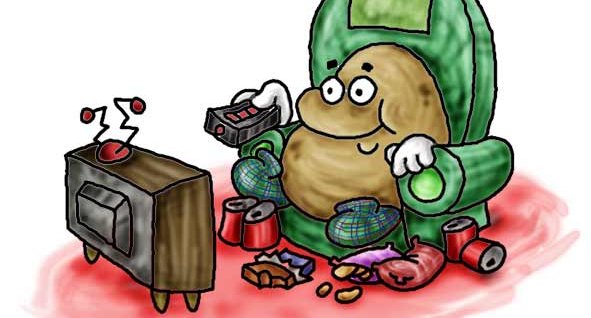
The couch potato is considered to be a slang used for a person whose recreation consist watching Television. Not much has changed in a life of couch potato like me expect mode of the device changed from television to Mobile. It’s a long journey from “Bina TV“ Wala India to “Digital TV” Wala India.
Younger generation is going to skip cable for internet and days are not very far away when big sporting events such as world cup and Olympics will be watched by millions on OTT platforms. With the continuous mobilization of video content across the world, mobile devices are increasingly becoming the companion screen for television viewing and in a very short time is going to become a primary screen. Consumers are moving away from linear TV viewing to VOD (Video on demand) and the primary reason for same is technology and lifestyle changes. Technology, demography, and lifestyle trends over the past decade or so have threatened to derail the industry. With a desire for convenience, and the opportunity to freely access content without any time restrictions and at a relatively low cost; online streaming is rapidly gaining popularity as a means of watching TV.
The usage of the mobile phone has gone beyond simply making phone calls and sending texts msg. For all intents and purposes, smartphones are now personalized super-computers that can be used to check email, navigate travel routes, browse the internet take photos, access social networks and of course, watch videos. Traditional media houses and networks have two option now if they don’t want to miss out advertising revenue, either move to online streaming companies like Netflix and Hulu like HBO GO or create their own OTT platforms like Voot and Hotstar. Having an OTT platform has its own benefit as it will cut down any middleman. Adoption of new technology like smart TV, Chromecast and so on also help people find new ways to navigate content.OTT customer wants the ability to watch content anytime, anywhere, and on any device (ATAWAD), but then there are obstacles like platform fragmentation and bandwidth limitations. As internet speeds increase and broadband networks reach more customers, Competition for advertising money will be greater than ever.
Below is my thought on what will make OTT a success in India.
- OTT streams its content over the internet and hence net neutrality needs to be top of the agenda in India.
- Telecommunications providers need to shift from legacy voice-centric strategies to data-driven plans.
- The content of OTT needs to be a snack- able and edgier than TV and should offer international as well as local content.
- Mobile data prices are still very high in India and even WiFi is not available in all the public places. Government Digital media initiative should address these two main issues to make it truly Digital India.
- Converting an OTT app installer to a customer and keeping them engaged. This can be achieved through if OTT players can understand what he/she is looking for in terms of content and make it more personalized.
- In an emerging market like India, it will be a freemium model that will work for OTT.
- Invest in marketing and promotion to reach to masses.
The only change is constant and therefore TV industry need to determine their strategy to deal with transformation. OTT will give us precise data about the audience and it will be much more accurate than traditional TV sample data collection through people meter. Use of big data will change the way we advertise and programmatic TV will be much more in demand.
good support post thanks for providing